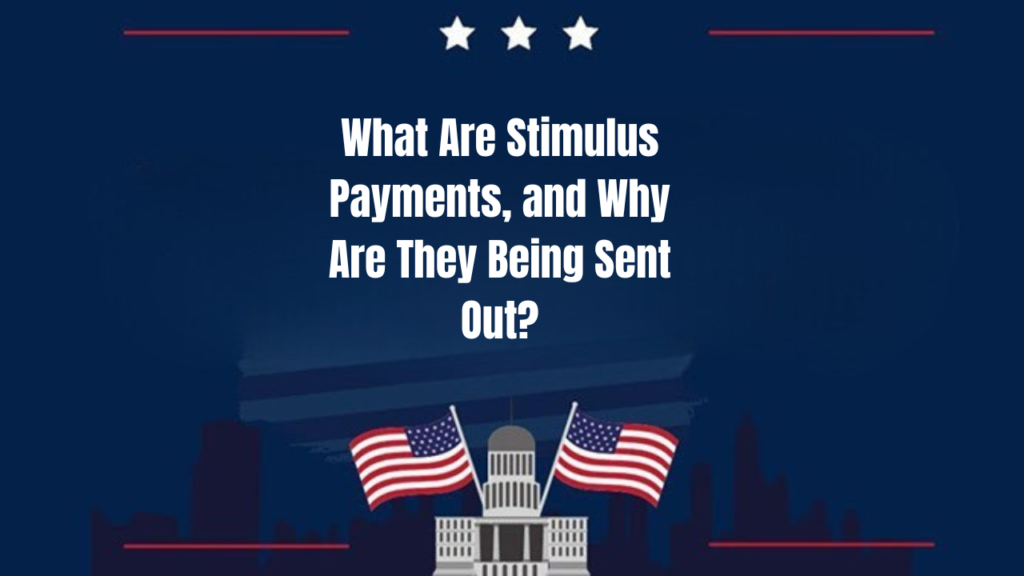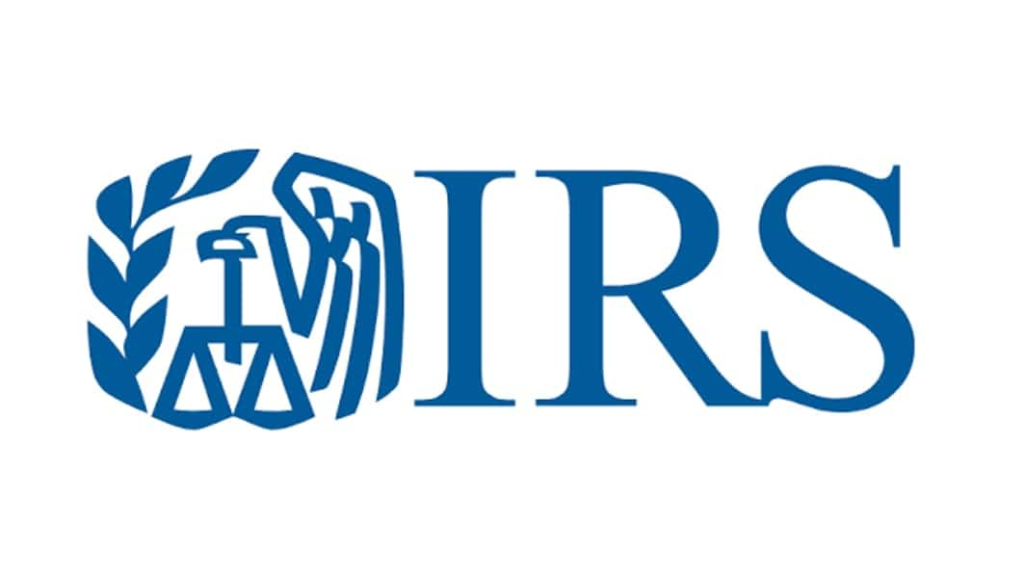In assisting tax payers, the IRS is distributing $2.4 billion in stimulus payments. The payments will be distributed to nearly 1 million people who did not claim Recovery Rebate Credit on their tax returns for the year 2021. If you are eligible, you might receive up to $1,400 per person, providing a fantastic financial boost. This article contains all the key facts you need to know about these payments, how to claim your own, and how not to miss out.
| Topic | Details |
|---|---|
| Stimulus Payment Amount | Up to $1,400 per eligible individual. |
| Total Funds Distributed | A total of $2.4 billion will be distributed. |
| Target Audience | About 1 million taxpayers who did not claim the Recovery Rebate Credit in 2021. |
| Eligibility Requirements | Includes single filers earning up to $75,000, joint filers earning up to $150,000, etc. |
| Deadline for Claims | Non-filers can still claim the credit by April 15, 2025. |
| How to Claim | File a 2021 tax return to be eligible. IRS Official Website |
The IRS is sending $2.4 billion in stimulus payments to taxpayers who were eligible but failed to claim the Recovery Rebate Credit on their 2021 returns. If you qualify, these payments can give you much-needed money relief. You can receive your payment by just filing your 2021 tax return and qualifying within the eligibility requirements. Don’t let this chance of getting the money you are entitled to slip through your fingers.
What Are Stimulus Payments, and Why Are They Being Sent Out?

Stimulus payments, or Economic Impact Payments (EIP), were created by the U.S. government as a response to the economic hardships caused by the COVID-19 pandemic. The payments were intended to offer immediate financial relief to Americans who were experiencing financial hardship. The IRS made initial payments during the pandemic, but not everyone received the total amount they qualified for.
In this current phase, the IRS is making payments to taxpayers who did not receive the Recovery Rebate Credit when they filed their tax return in 2021. If you did not receive the opportunity to claim this credit during your 2021 tax filing, the IRS is mailing the payment to compensate for that. The IRS is sending out around $2.4 billion to some 1 million taxpayers, and each recipient can expect to get a maximum of $1,400.
The Recovery Rebate Credit was included in the stimulus relief package that provided monetary assistance to those individuals who did not receive their full stimulus payments, or those who were entitled but did not get the credit on their tax returns. The eligible individuals could claim this credit by filing a tax return.
How Do You Know If You Are Eligible for the Payment?
Eligibility for this stimulus payment is mainly based on whether you filed a 2021 tax return and whether you were eligible for the Recovery Rebate Credit. Below are the most important factors that determine if you’re eligible:
1. Filing Status and Income
- Single Filers: Your Adjusted Gross Income (AGI) must be $75,000 or less.
- Married Couples Filing Jointly: Your combined AGI must be $150,000 or less.
- Heads of Household: Your AGI must be $112,500 or less.
If your income was within these brackets, you will probably qualify for a stimulus check. If you did not report the Recovery Rebate Credit on your 2021 tax return, this might be headed in your direction.
2. Not Being Claimed as a Dependent
Another significant factor is that you cannot be claimed as a dependent on another taxpayer’s return. You would not be eligible for these payments if someone else had claimed you as a dependent.
3. Filing a 2021 Tax Return
Even if you don’t normally file taxes, you can still qualify for this credit. If you haven’t filed your 2021 tax return yet, you have until April 15, 2025, to file and claim the credit.
Step-by-Step Guide: How to Claim Your Stimulus Payment
If you are qualified to receive the stimulus payment, here’s how to claim yours in simple steps:

Step 1: File Your 2021 Tax Return
If you haven’t submitted your 2021 tax return, file it as quickly as possible. This is step number one and most critical in receiving your payment. The IRS needs a filed return in order to process your Recovery Rebate Credit. File online or let a tax preparer assist you to have all items properly submitted.
Step 2: Verify Proper Information
Ensure that your tax return has the required personal information, such as your income information and dependents. Double-check that you’ve included any stimulus payments you’ve already received since the IRS will use that data to determine any additional credits you might be eligible for.
Step 3: Wait for Your Payment
Once your tax return is processed, the IRS will issue your payment. Payments will be made through direct deposit if the IRS has your banking details from your 2021 return, or by paper check if direct deposit information is not available.
Step 4: Track Your Payment
If you already submitted your taxes and are awaiting payment, you can trace its status by utilizing the IRS’s “Get My Payment” tool, accessible on the IRS website. Through this tool, you can be updated on when you will receive your payment.
Why Is the IRS Sending These Payments Now

This round of stimulus payments is aimed at providing relief to taxpayers who missed out on the Recovery Rebate Credit in 2021. This credit was designed to help people who did not receive the full amount of their stimulus payments, or those who were eligible but did not claim the credit on their tax returns.
By making these payments early, the IRS is ensuring that taxpayers who were left out of this financial assistance can still access it. The agency understands that many individuals were in hard financial situations during the pandemic and is taking steps to make up for any payments that were missed.
FAQs:
How do I know if I missed claiming the Recovery Rebate Credit?
You can check your 2021 tax return to see if you claimed the Recovery Rebate Credit. If you did not claim it, the IRS will send you the stimulus payment automatically. If you’re unsure, you can consult a tax professional for assistance.
I already filed my 2021 taxes. Will I automatically get the payment?
If you did not claim the Recovery Rebate Credit and you meet the eligibility criteria, the IRS will send the payment to you without any further action required.

